Back to Main
Student Connections
News Summaries
Daily News Quiz
October 16, 1964
OBITUARY
Cole Porter Is Dead; Songwriter Was 72
By The Associated Press
SANTA MONICA, Calif., Oct. 15--Cole Porter, the world-famed composer and lyricist, died at 11:05 P.M. today at a Santa Monica hospital, where he underwent kidney surgery last Tuesday. He was 72 years old.
Mr. Porter wrote the lyrics and music for his songs, and to both he brought such an individuality of style that a genre known as "the Cole Porter song" became recognized.
The hallmarks of a typical Porter song were lyrics that were urbane or witty and a melody with a sinuous, brooding quality. Some of his best-known songs in this vein were "What Is This Thing Called Love," "Night and Day," "Love for Sale" and "Begin the Beguine."
But an equally typical and equally recognizable Porter song would have a simple, bouncy melody and a lyric based on a long and entertaining list of similarities, opposite or contrasts. "Let's Do It" ticked off the amiable amatory habits of birds, flowers, crustacea, fish, insects, animals and various types of humans, while "You're the Top" was an exercise in the creation of superlatives that included such items as "the nimble tread of the feet of Fred Astaire," "Garbo's salary" and "Mickey Mouse."
Still a third type of Porter song was exclamatory in both lyrics and melody. "Just One of Those Things," "From This Moment On" and "It's All Right With Me" were instances.
The glossy opulence of the scores Mr. Porter wrote for Broadway and Hollywood was a valid reflection of his own manner of living. Between World Wars he and his wife, the former Linda Lee of Louisville, Ky., were active in a gay international set that gathered at Paris, the Riviera and Venice.
Their home on the Left Bank in Paris had platinum wallpaper and chairs upholstered in zebra skin. Mr. Porter once hired the entire Monte Carlo Ballet to entertain his house guests. For a party in Venice, where he rented the Palazzo Rezzonico for $4,000 a month, he hired 50 gondoliers to act as footmen and had a troupe of high-rope walkers perform in a blaze of lights.
Most of Mr. Porter's songs were written far from Broadway. His score for "Anything Goes," which included "I Get a Kick Out of You," "You're the Top," "All Through the Night" and the title song, was composed while he was cruising down the Rhine. He wrote the songs for "Jubilee" ("Begin the Beguine," "Just One of Those Things" and "Why Shouldn't I?" among others) during a round-the- world cruise with the show's librettist, Moss Hart.
But Mr. Porter was no dilettante composer. Not even the rigors of his busy social rounds interfered with his creativity.
"I've done lots of work at dinner, sitting between two bores," he once said. "I can feign listening beautifully. I can work anywhere."
Praised by Rodgers
He was a careful craftsman whose work won the admiration of his peers. Richard Rodgers has said, "Few people realize how architecturally excellent his music is. There's a foundation, a structure and an embellishment. Then you add the emotion he's put in and the result is Cole Porter."
Mr. Porter himself could not characterize his songs.
"I don't know how my music gets that way," he said when he was asked to make the effort. "I simply can't analyze it. I can analyze the music of others. The word for Dick Rodgers's melodies, I think, is holy. For Jerome Kern, sentimental. For Irving Berlin, simplicity. For my own, I don't know."
Mr. Porter was a trim, slight, dark man, groomed in subdued, elegant taste. He usually sported a boutonniere in the lapel of his well-tailored suits. His speech was quiet, reserved, almost clipped.
He was born on a 750-acre farm in Peru, Ind., on June 9, 1892, the son of Samuel Fenwick Porter, a fruit grower, and the former Kate Cole. He could play the violin when he was 6 and the piano when he was 8. At the age of 10 he composed a song, "The Bobolink Waltz," that pleased his mother so much that she had it published in Chicago.
Despite the boy's musical leanings, his maternal grandfather, J. O. Cole, who had made a fortune in the lumber business, wanted him to be a lawyer. To this ostensible end, young Porter was sent to Worcester Academy in Massachusetts and to Yale, where he wrote two of the most famous of all college songs, "Bingo Eli Yale" and the "Yale Bulldog Song."
He continued his studies at the Harvard Law School but, at the suggestion of the dean, transferred to the School of Music. With a fellow student, T. Lawrason Riggs, he wrote a show, "See America First," which was produced on Broadway in 1916 with a cast that included Clifton Webb. It was a failure. Mr. Porter then joined the French Foreign Legion where he had a specially constructed portable piano made for him so that he could carry it on his back and entertain the troops in their bivouacs.
In 1919 he married Mrs. Linda Lee Thomas, widow of E. R. Thomas, a banker and publisher, and settled in Paris.
Mr. Porter made casual contributions to two revues during the early 1920's, "Hitchy-Koo" and "Greenwich Village Follies of 1924," but he was not induced to write a Broadway score again until 1928, where he contributed the songs to "Paris," a play with incidental music that starred Irene Bordoni. Only five of Mr. Porter's songs were used in the final production, but one was the provocatively amusing "Let's Do It."
During the intervening years he had been writing and performing songs for the amusement of his friends, but the reception accorded "Let's Do It" apparently convinced him that he could communicate pleasurably to a broader audience. As a result, a steady series of Porter show scores and a wide variety of memorable songs followed during the next 15 years.
ADVERTISEMENT
BY
Looking for more information?
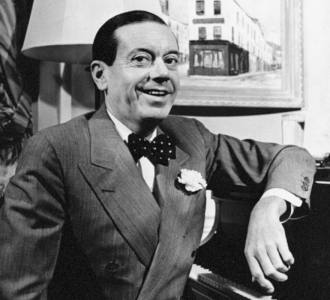
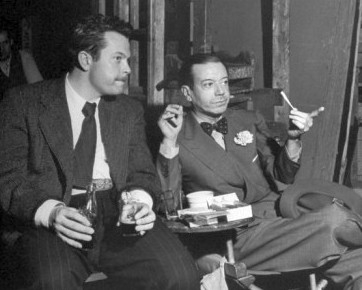
 Amanda S. Stevenson
Amanda S. Stevenson 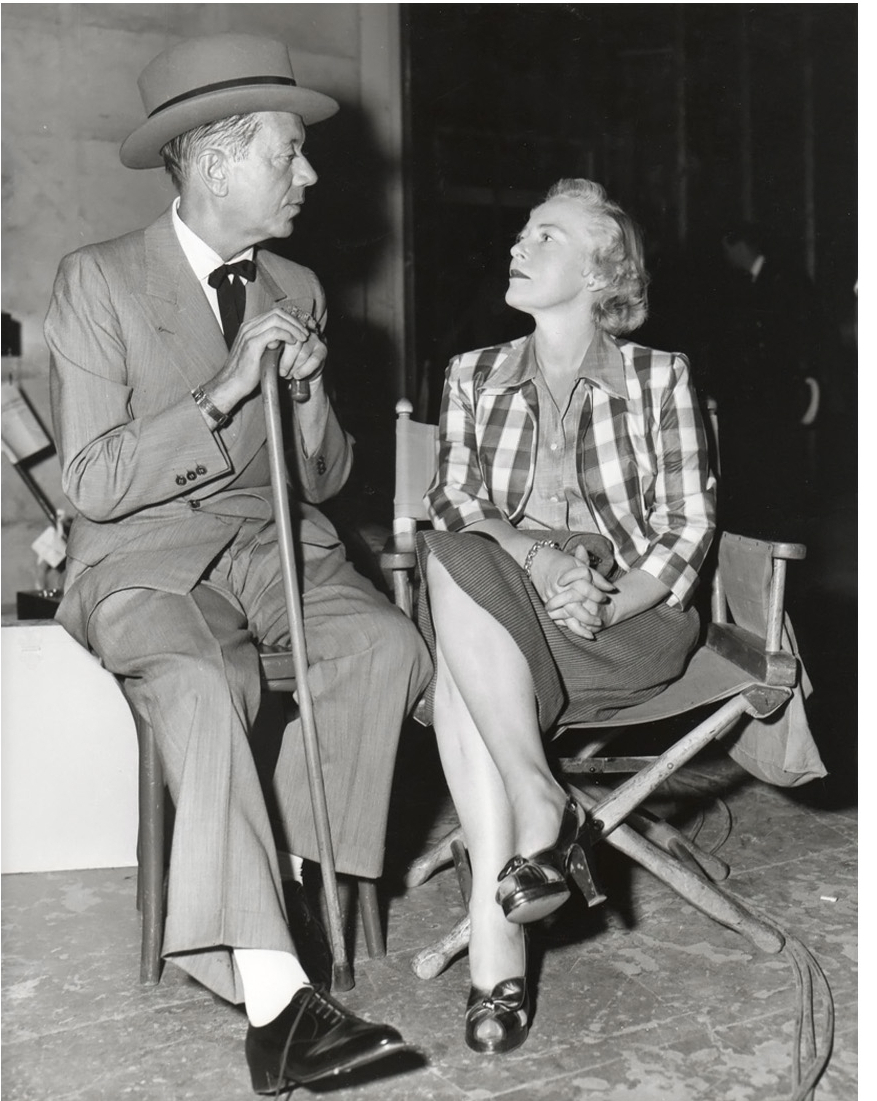
 Amanda S. Stevenson
Amanda S. Stevenson 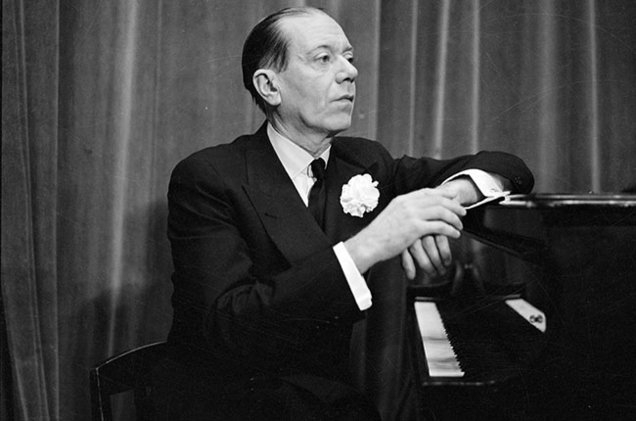
 Amanda S. Stevenson
Amanda S. Stevenson 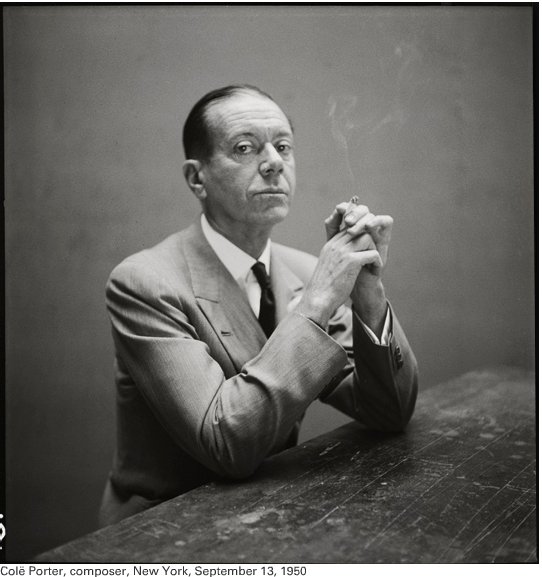
 Amanda S. Stevenson
Amanda S. Stevenson 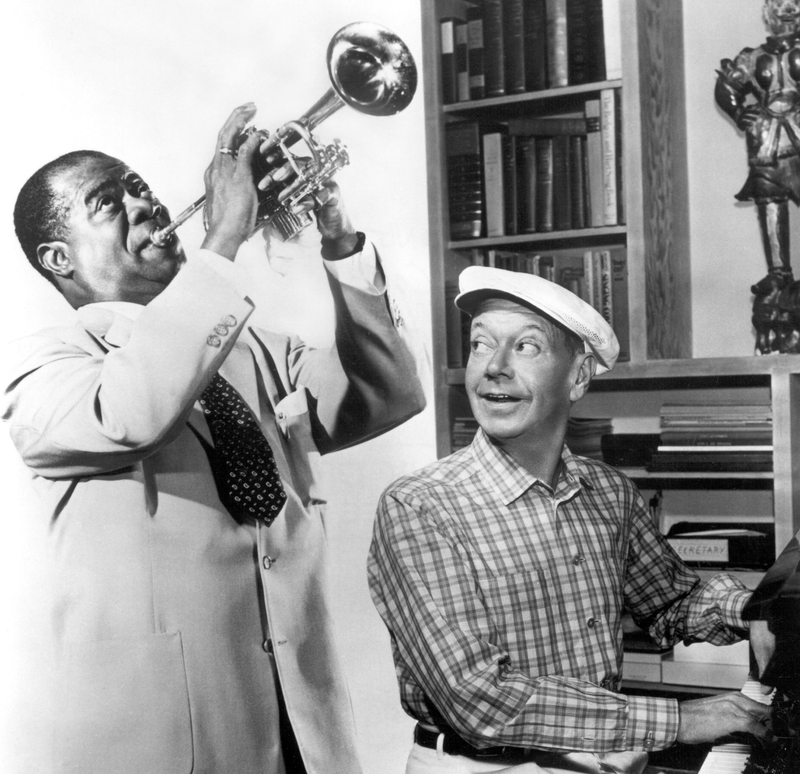
 Amanda S. Stevenson
Amanda S. Stevenson 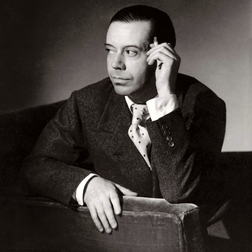
 Amanda S. Stevenson
Amanda S. Stevenson 
